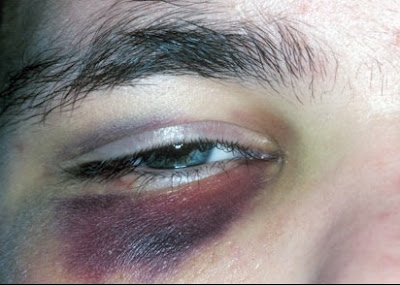
At the recent 14th Annual Conference of Poets and Scholars in Chicago, I attended an interesting symposium entitled “Jehovah’s Mooring: The Resurgence of Academic Drawing in the United States.” Among the speakers was Francois Clarel, the distinguished linguist from the Université de Cergy-Pontoise. From his privileged Val-d’Oise perch, the return of the largely discredited 19th century French pictorial aesthetic is a laughable matter. To Clarel, this is the sort of folly that makes Americans so adorable and so pitiable in French eyes.
Many attendees agreed and yet the smug nature of his assertions was rather insulting to his hosts. It was to the great credit of my friend, David Schoffman to have had the grace and presence of mind to speak on the subject with greater equanimity, unwavering dignity and sparkling erudition.
In brief, David’s argument is that the history of painting up until the mid-19th century is a story of a client-based economy. The dependence upon patrons and princes delayed the advent of “pure self-expression” till Baudelaire. Notable exceptions like Blake or Goya’s Quinta del Sordo notwithstanding, to greater or lesser degrees, the customer was always right. Perhaps the highpoint of craven subservience to the moneyed clientele was the 19th century French Academy.
Drawing, according to Schoffman, was always the exception. Renaissance and Baroque artists painted for their clients but drew for themselves and their workshop assistants. Drawing was almost never meant for public consumption and as such was always more speculative, fluid and personal. In effect, it was self-expression before this type of urging had a name.
The recent American fascination with 19th century drawing techniques such as “sight-sizing” is an unwitting retreat into creative subservience to the marketplace. The United States with its Puritanical undercurrents is the perfect breeding ground for this type of phenomenon. Distrustful of the senses and fascinated by quantifiable statistics, many of today’s revisionist artists are drawn to an aesthetic that serves simultaneously as a theology and an exam.
Schoffman’s speech received a prolonged standing ovation, a rarity among the jaded community of pointy-headed tenured know-it-alls. Later that evening at the reception hosted by the glamorous socialite Shania McBean, David, much to the astonishment of his collegues, kicked the shit out of the pompous professor Clarel.

No comments:
Post a Comment